Back to Courses

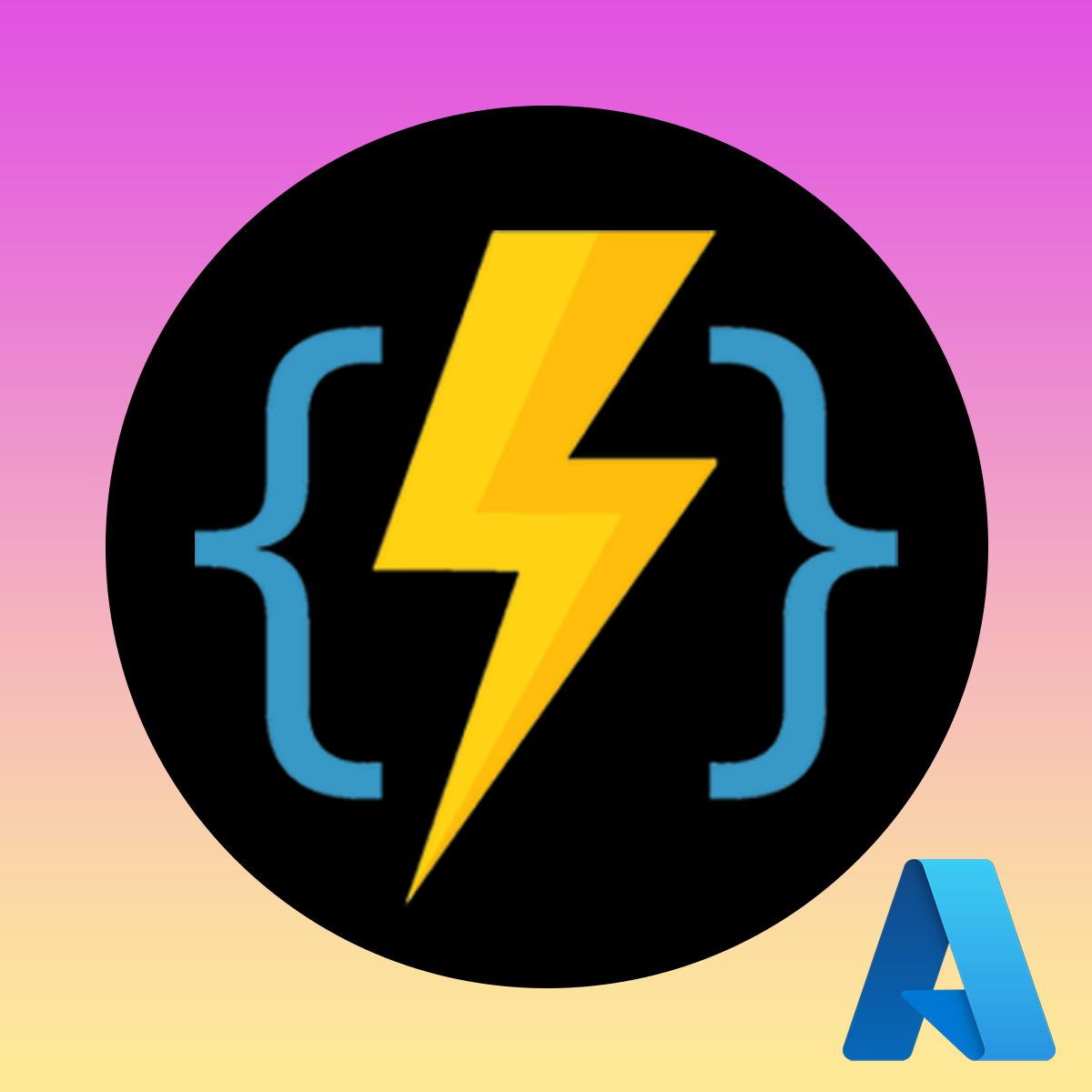
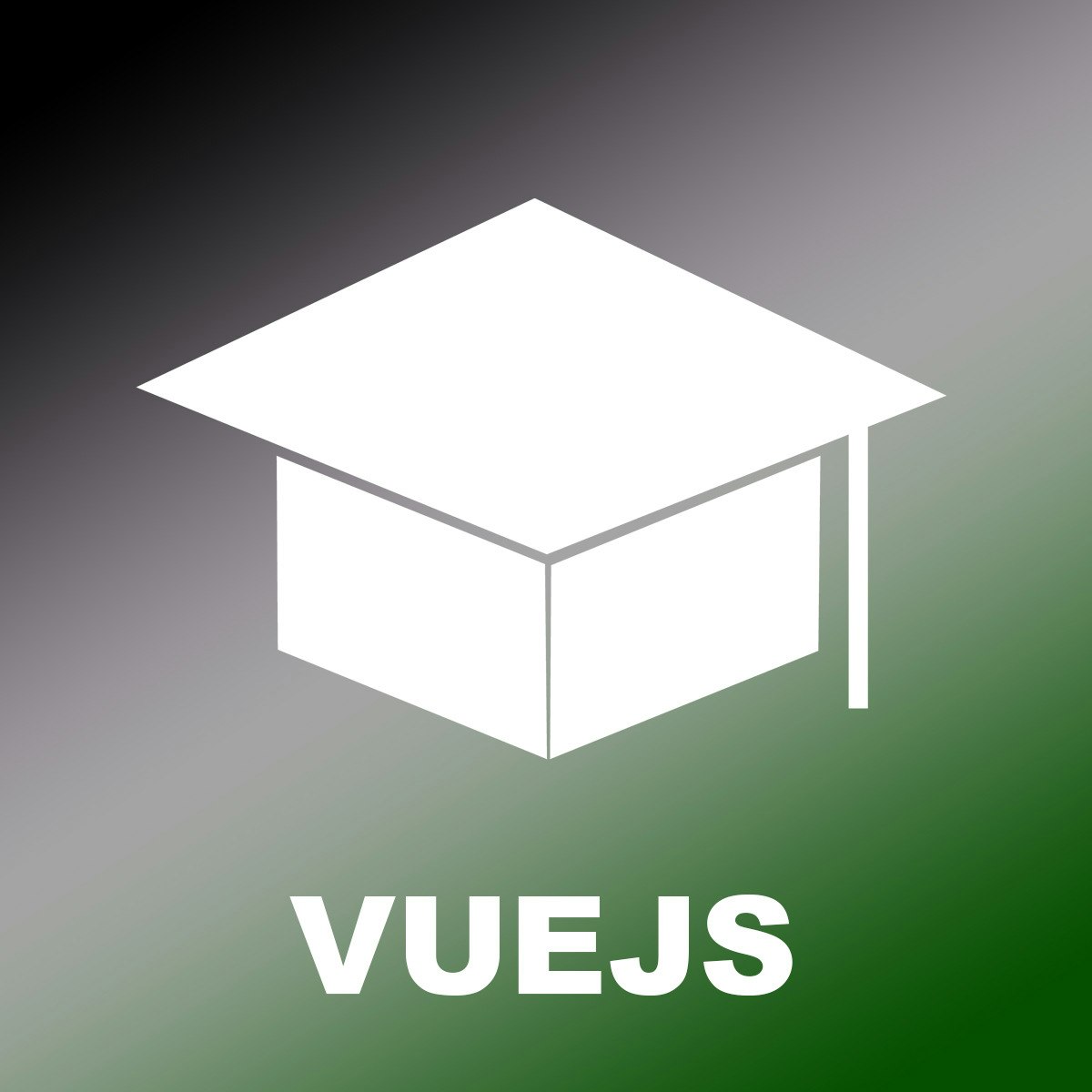


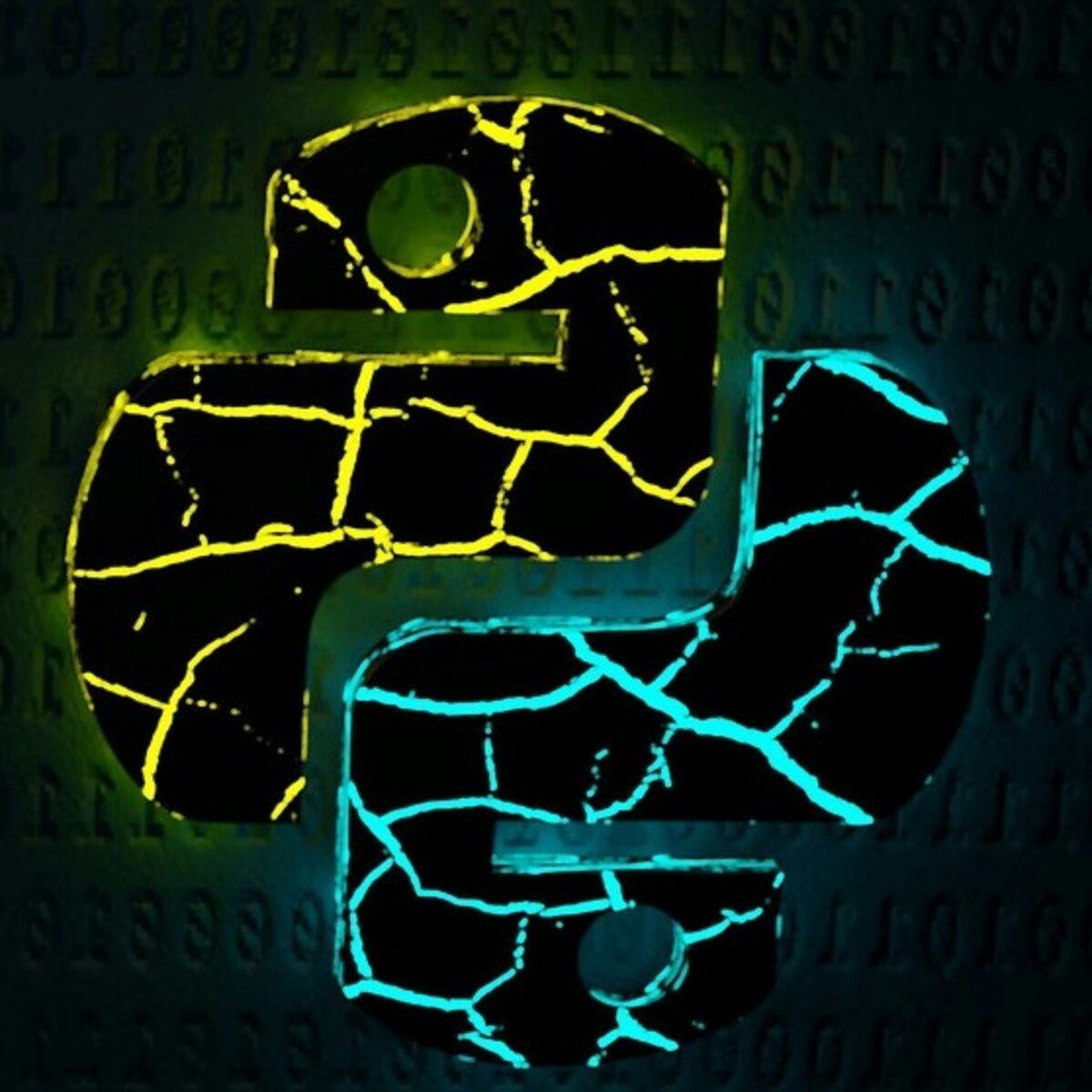
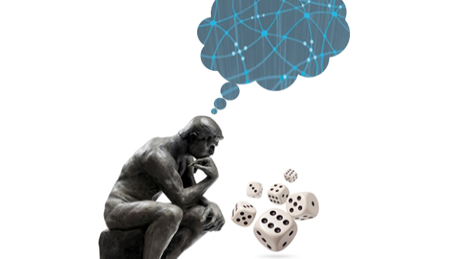
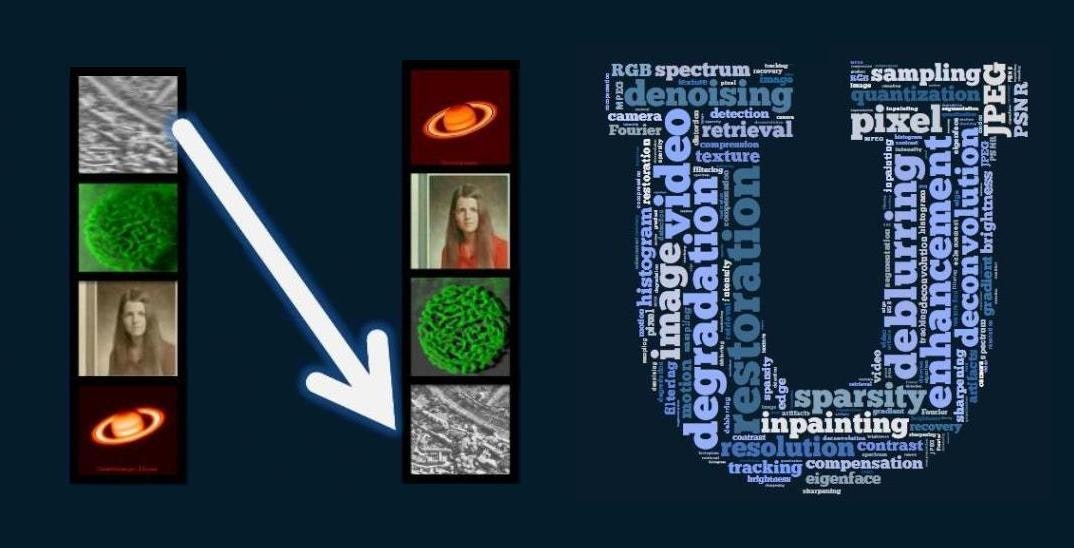

Computer Science Courses - Page 66
Showing results 651-660 of 2309

K-Means Clustering 101: World Happiness Report
In this case study, we will train an unsupervised machine learning algorithm to cluster countries based on features such as economic production, social support, life expectancy, freedom, absence of corruption, and generosity.
The World Happiness Report determines the state of global happiness. The happiness scores and rankings data has been collected by asking individuals to rank their life from 0 (worst possible life) to 10 (best possible life).
Select Topics in Python: Matplotlib
Code and run your first Python script with Matplotlib in minutes without installing anything!
This course is designed for learners with some Python experience, and provides a crash course in Matplotlib. This enables the learners to delve into core data visualization topics that can be transferred to other languages. In this course, you will learn how to use Jupyter, generate and choose the best graphs to represent your data.
To allow for a truly hands-on, self-paced learning experience, this course is video-free.
Assignments contain short explanations with images and runnable code examples with suggested edits to explore code examples further, building a deeper understanding by doing. You’ll benefit from instant feedback from a variety of assessment items along the way, gently progressing from quick understanding checks (multiple choice, fill in the blank, and un-scrambling code blocks) to small, approachable coding exercises that take minutes instead of hours.

Creating Azure Serverless Functions in a Real-World Scenario
Serverless computing and Microservices development have become a robust technology and methodology to decoupling monolithic and legacy systems, creating new services, and increasing digital transformation and innovation. In this project, you will learn how to develop some Serverless Microservices using Microsoft Azure Functions that are part of the Microsoft Cloud Platform in a Real-World Scenario example. Once you’re done with this project, you will be able to develop Azure Functions using Visual Studio Code and deploy them to Azure Cloud and create some HTML pages to be the front-end that will call and use the microservices functions, just with a few steps.

Write a University Index Web App with VueJS
Write a University Index Web App with VueJS

Linear Regression with Python
In this 2-hour long project-based course, you will learn how to implement Linear Regression using Python and Numpy. Linear Regression is an important, fundamental concept if you want break into Machine Learning and Deep Learning. Even though popular machine learning frameworks have implementations of linear regression available, it's still a great idea to learn to implement it on your own to understand the mechanics of optimization algorithm, and the training process.
Since this is a practical, project-based course, you will need to have a theoretical understanding of linear regression, and gradient descent. We will focus on the practical aspect of implementing linear regression with gradient descent, but not on the theoretical aspect.
Note: This course works best for learners who are based in the North America region. We’re currently working on providing the same experience in other regions.

Autodesk Certified Professional: Inventor for Mechanical Design Exam Prep
Prove to potential employers that you’re up to the task by becoming an Autodesk Certified Professional. This online course from Autodesk prepares you by offering an overview of skills that match what is covered in the Autodesk Certified Professional: Inventor for Mechanical Design exam.
Advances in technology are changing the way we work, and the job skills demanded by industry. It’s essential for professionals to be able to demonstrate their knowledge and skills in order to be competitive and meet workforce standards. In this course, we’ll explore the professional skills defined for the Autodesk Certified Professional: Inventor for Mechanical Design exam. Through a series of lessons, practice exercises, challenge assignments, and assessments, we’ll learn and apply the Autodesk Inventor skills covered in the exam to boost your confidence and technical skills in preparation for the exam. At the end of the course, you will have the opportunity to test your knowledge by taking the practice exam that accompanies the course. It’s all about practice and preparation.
About the Autodesk Certified Professional: Inventor for Mechanical Design exam:
The Autodesk Certified Professional: Inventor for Mechanical Design exam is designed for industry professionals who possess advanced skills and can solve complex challenges in workflow and design. A certification at this level demonstrates a comprehensive skill set that provides an opportunity for individuals to stand out in a competitive professional environment. This type of experience typically comes from having worked with the software on a regular basis for at least 2 years, equivalent to approximately 400 hours (minimum) - 1200 hours (recommended), of real-world Autodesk software experience.
The Autodesk Certified Professional (ACP) certifications exams can be taken at a Pearson VUE Testing Center or through OnVUE, Pearson VUE’s online proctored environment. Candidates are given 120 minutes to complete a certification exam and should review the testing center polices and requirements before scheduling. Ready to take the exam? Schedule to take the exam online or find a testing center near you on pearsonvue.com/autodesk.
Looking for more skill-building courses? Check out Autodesk’s additional learning resources to help with your learning journey: https://www.autodesk.com/learning

Class Creation in Object Oriented Python
Python is an Object Oriented Language. Object Oriented languages allow the developer to think in terms of real-world objects, such as people, cars, and animals for example. In the procedural realm, developers think in terms of functions (or procedures) and the data those functions act on. By using objects, the data can be combined with functionality – a person has eye color, an animal has behavior etc. This can lead to programs that are easier to understand, maintain, and reuse.
In this course, you will create a Python application in which you will create a class definition, create a constructor for the class, create object instances of the class, and sort a list of objects created from a file.
Note: This course works best for learners who are based in the North America region. We’re currently working on providing the same experience in other regions.
Probabilistic Graphical Models 2: Inference
Probabilistic graphical models (PGMs) are a rich framework for encoding probability distributions over complex domains: joint (multivariate) distributions over large numbers of random variables that interact with each other. These representations sit at the intersection of statistics and computer science, relying on concepts from probability theory, graph algorithms, machine learning, and more. They are the basis for the state-of-the-art methods in a wide variety of applications, such as medical diagnosis, image understanding, speech recognition, natural language processing, and many, many more. They are also a foundational tool in formulating many machine learning problems.
This course is the second in a sequence of three. Following the first course, which focused on representation, this course addresses the question of probabilistic inference: how a PGM can be used to answer questions. Even though a PGM generally describes a very high dimensional distribution, its structure is designed so as to allow questions to be answered efficiently. The course presents both exact and approximate algorithms for different types of inference tasks, and discusses where each could best be applied. The (highly recommended) honors track contains two hands-on programming assignments, in which key routines of the most commonly used exact and approximate algorithms are implemented and applied to a real-world problem.

Fundamentals of Digital Image and Video Processing
In this class you will learn the basic principles and tools used to process images and videos, and how to apply them in solving practical problems of commercial and scientific interests.
Digital images and videos are everywhere these days – in thousands of scientific (e.g., astronomical, bio-medical), consumer, industrial, and artistic applications. Moreover they come in a wide range of the electromagnetic spectrum - from visible light and infrared to gamma rays and beyond. The ability to process image and video signals is therefore an incredibly important skill to master for engineering/science students, software developers, and practicing scientists. Digital image and video processing continues to enable the multimedia technology revolution we are experiencing today. Some important examples of image and video processing include the removal of degradations images suffer during acquisition (e.g., removing blur from a picture of a fast moving car), and the compression and transmission of images and videos (if you watch videos online, or share photos via a social media website, you use this everyday!), for economical storage and efficient transmission.
This course will cover the fundamentals of image and video processing. We will provide a mathematical framework to describe and analyze images and videos as two- and three-dimensional signals in the spatial, spatio-temporal, and frequency domains. In this class not only will you learn the theory behind fundamental processing tasks including image/video enhancement, recovery, and compression - but you will also learn how to perform these key processing tasks in practice using state-of-the-art techniques and tools. We will introduce and use a wide variety of such tools – from optimization toolboxes to statistical techniques. Emphasis on the special role sparsity plays in modern image and video processing will also be given. In all cases, example images and videos pertaining to specific application domains will be utilized.

Create a Python Application using MySQL
Data plays a crucial role in application development. It plays such a crucial role that there are people called Database Administrators that specialize in just organizing the data. The traditional database used to be, and often still is, a relational database. MySQL is one of the most popular relational databases and is backed by the Oracle corporation as well. This provides the developer with a variety of online resources.
The popularity of MySQL combined with the popularity of Python has resulted in the development of an API that makes the interface between Python and MySQL almost seamless.
In this course, you will create a Python application using Python’s MySQL Connector that creates a MySQL database containing words and their definitions. You will then retrieve words and definitions from the database table, update a definition in the database table, and display a selected word’s definition.
Note: This course works best for learners who are based in the North America region. We’re currently working on providing the same experience in other regions.
